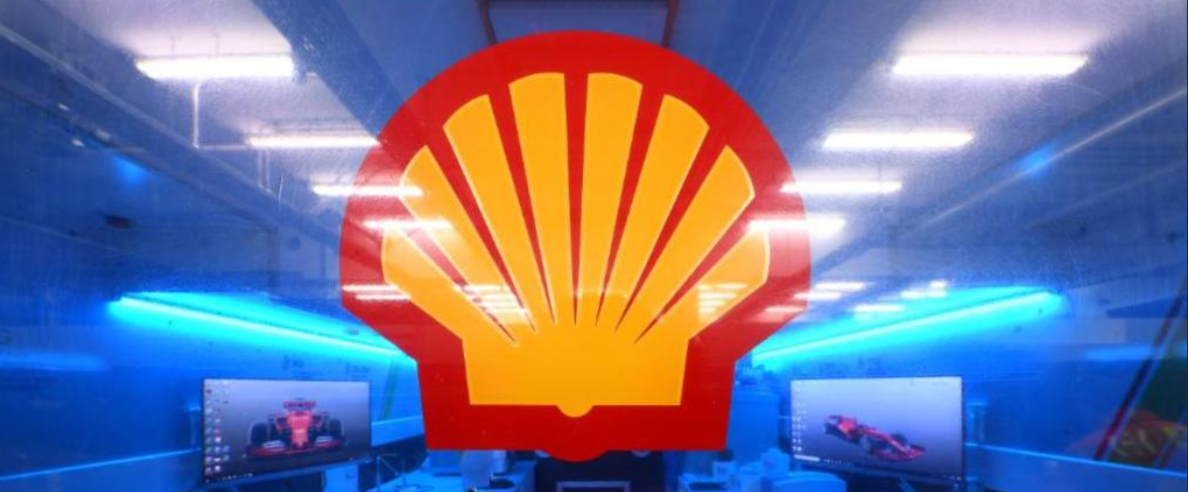Shell scales back 2030 carbon emissions target

Shell weakened its 2030 carbon reduction target and scrapped a 2035 objective, citing expectations for lower power sales and strong demand for gas in the energy transition even as it affirmed a plan to cut emissions to net zero by 2050. The changes to the targets are a central pillar in CEO Wael Sawan's strategy revamp to focus on higher-margin projects, steady oil output and growth in production of natural gas in order to boost returns.
Rival BP made a similar move last year, rowing back on oil production and emission reduction targets, in the face of growing investor pressure on the companies to boost returns. In an annual update on its energy transition strategy on Thursday, Shell said it will target a 15-20% reduction in net carbon intensity of its energy products by 2030 compared with 2016 intensity levels. It had previously aimed for a 20% cut.
Measuring emissions by intensity means a company can technically increase its fossil fuel output and overall emissions while using offsets or adding renewable energy or biofuels to its product mix. Shell said that it believed gas, and liquefied natural gas in particular, will play a critical role in the energy transition by replacing more polluting carbon in power plants. At the same time, it expects its power sales, which include renewable power, to be lower than previously forecast.
The company retired a previous target to reduce its carbon intensity by 45% by 2035. "In line with this shift to prioritising value over volume in power, we will focus on select markets and segments. This includes selling more power to commercial customers and less to retail customers," Shell said.
"Given this focus on value, we expect lower total growth of power sales to 2030, which has led to an update to our net carbon intensity target." Shell, however, also introduced a new "ambition" to cut overall emissions from oil products such as gasoline and jet fuel sold to customers by 15-20% by 2030 compared with 2021.
COST-CUTTING DRIVE As part of the strategy, Shell has started company-wide staff reductions, including in its low-carbon solutions division, in a drive to save up to $3 billion.
It has also sold its European power trading business, exited offshore wind and low-carbon projects, put U.S. solar assets on sale and placed its giant refining and petrochemical complex in Singapore under review. It has also announced plans to shut down a refinery in Germany and to exit Nigeria's troubled onshore oil operations. Speculation that Sawan was set to slow Shell's plans to reduce greenhouse gas emission and shift to renewables have angered climate-focused investors.
A group of 27 investors that own around 5% of Shell's shares in January co-filed an independent resolution urging the energy company to set tighter climate targets, the biggest such drive to date. The company reported a net profit of $28 billion in 2023 on the back of strong liquefied natural gas and oil sales, which were still down 30% from the previous year's record earnings.
Shell said it invested $5.6 billion in 2023 in low carbon and renewable business, around 23% of its total annual spending. That compared with $4.3 billion, or 17%, a year earlier.
(This story has not been edited by Devdiscourse staff and is auto-generated from a syndicated feed.)
ALSO READ
Between the US and a hard place, Germany's Scholz reheats China ties
Russia, Germany, UK urge restraint as Iranian threat puts Middle East on edge
ANALYSIS-Climate verdict for Swiss women a warning for European states, oil industry
Holocaust survivors in Israel to get additional funds from Germany
Blue-chips power European stocks higher on rate cut hopes










